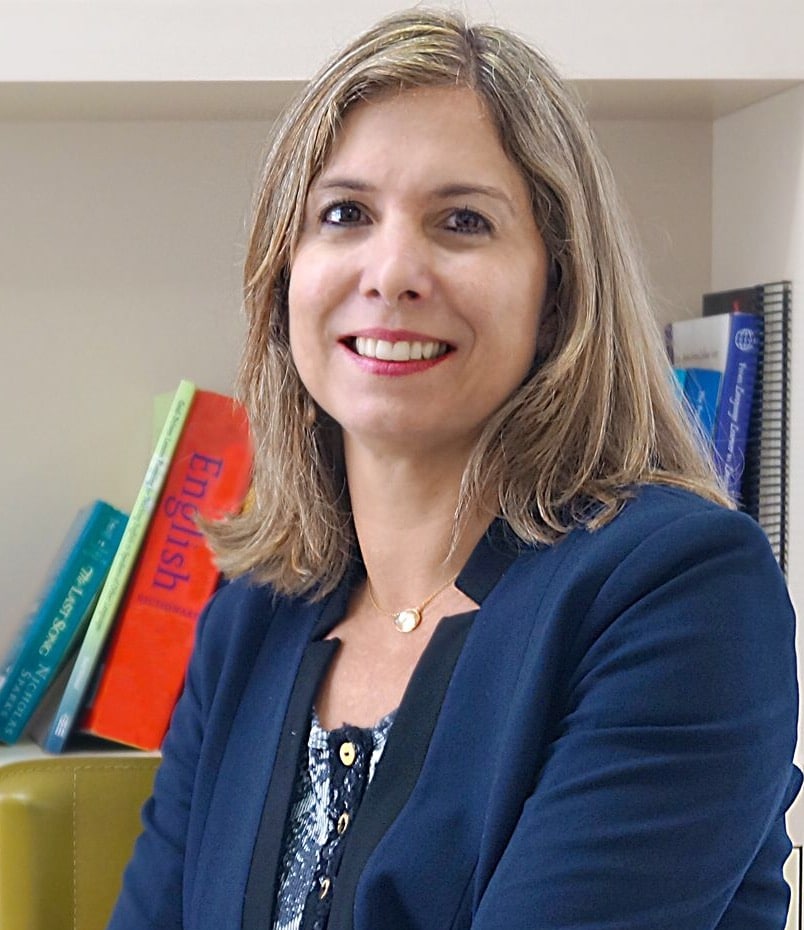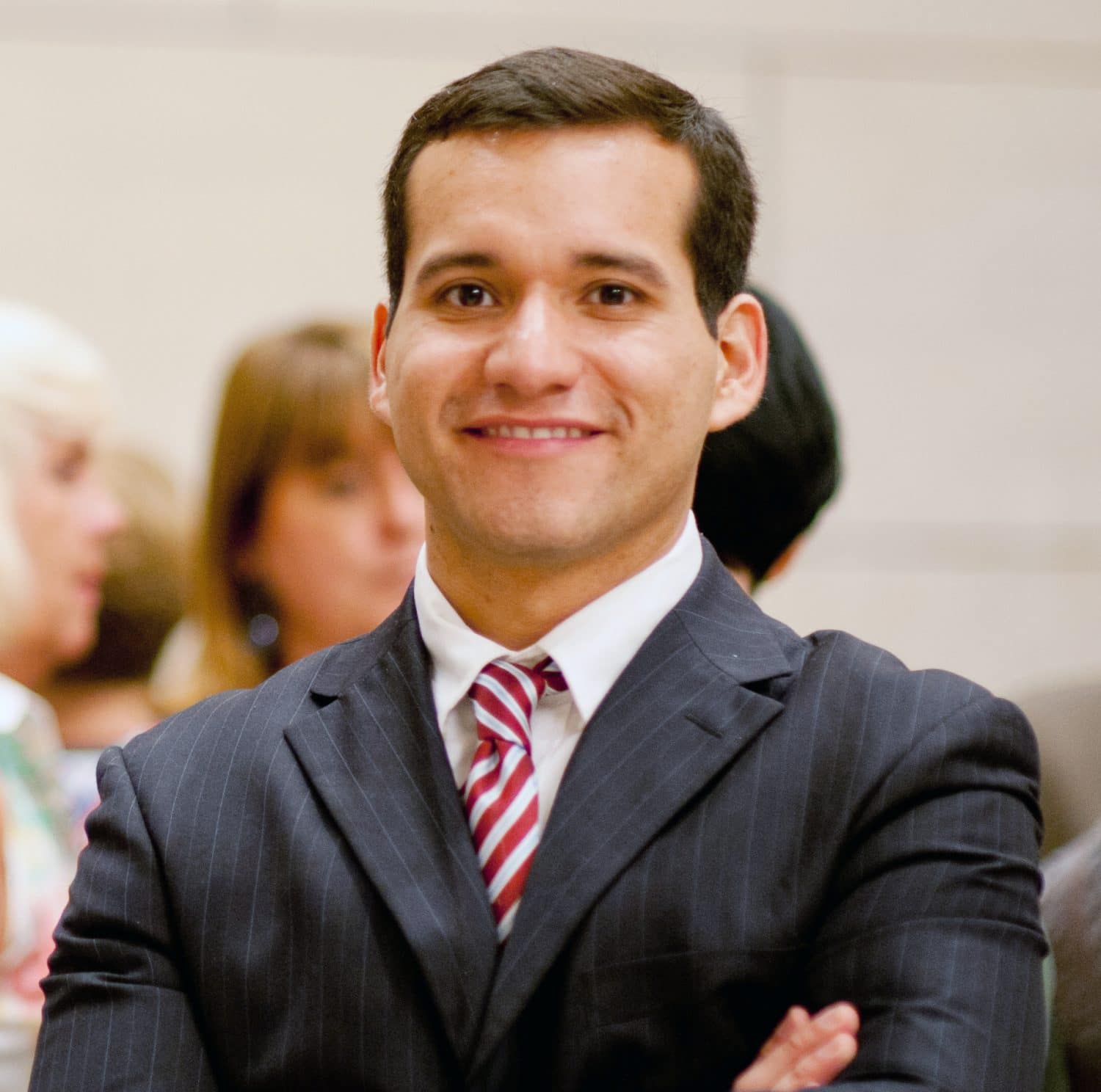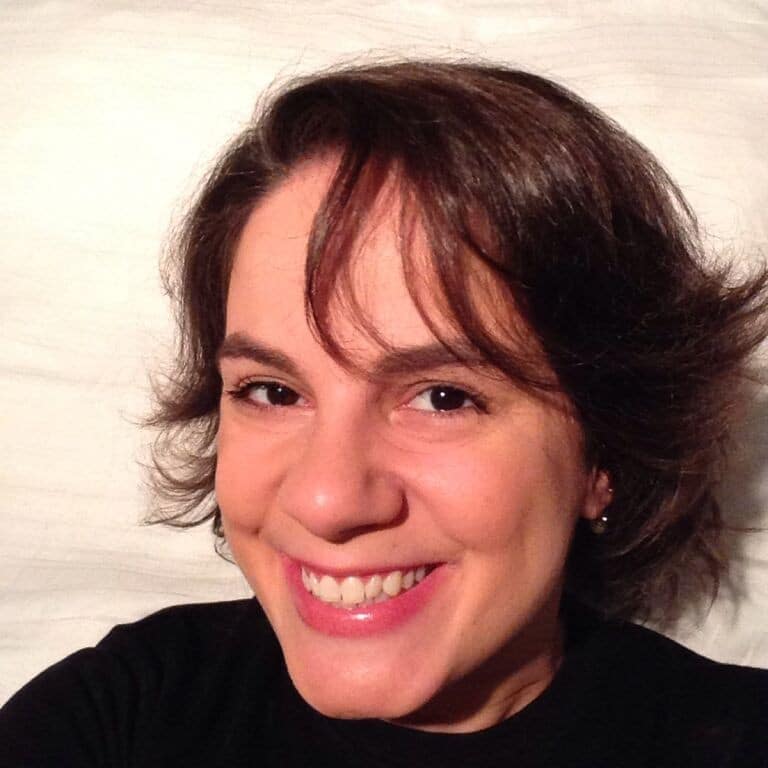Thirty years in ELT – some thoughts about then and now
My passion for English began when I was a child and lived in the U.S. for three years while my parents went to graduate school. Upon coming back to Brazil, I was enrolled in a traditional language institute in Brasilia, Casa Thomas Jefferson (CTJ). There I went from the intermediate to the advanced level and then took several ESP courses until I was old enough to take the Teacher Training Course. It’s not that I wanted to be a teacher. I just wanted to keep up with my English. What I really wanted was to be a journalist, and that’s what I majored in.
However, a Sunday evening in August of 1986 changed the whole course of my life. I was starting my fourth semester at university and also the fourth semester of the six-semester Teacher Training Course at CTJ. I got a phone call from my teacher, Katy Cox, asking if I wanted a job as a teacher at CTJ. I loved English, I loved CTJ, and I could use some pocket money, so I said “yes”. However, my plan was to major in Journalism and get a job as a journalist. The teaching job was just temporary…
Well, here I am thirty years later writing about how I became an EFL teacher and reminiscing about then and now in my institution and in the profession. Here are some rather random thoughts:
- When I began, the courses were usually more intensive, with more contact hours per week. All the six semesters in the basic and intermediate courses at CTJ were six hours a week. As a result, teachers had fewer groups, which was definitely an advantage for them. However, we catered to a very select group that could afford the time and the money. Very few people had access to a private language program because it was very expensive, costing nearly as much as a regular school’s tuition. Nowadays, the contact hours a week in our courses are fewer, but more people have access to our program because the tuition is lower, too, comparing to the past.
- Competition to get into university wasn’t as fierce, and high school students had more time to dedicate to their English studies. I can’t imagine current high school students writing as many compositions, reading as many short stories, and doing as much homework as my students did thirty years ago. Our courses were definitely more demand-high than what I see today, mainly because our students had more time to dedicate to their English studies.
- At that time, there weren’t skills-integrated materials in American English for advanced levels. The adult series only had six levels. For the advanced course, we had to use textbooks focusing on specific skills, or a combination of textbooks. Some of these books were Steps in Composition, Marcella Frank’s Modern English, Great Ideas, Building Understanding – A Thematic Approach to Reading Comprehension and Focus on Grammar. Move Up was the first skills-integrated textbook we used for the advanced level.
- Teachers seemed to be more worried about developing their English than now. We actually had heated grammar discussions in the teachers’ lounge, and if you didn’t own Swan’s Practical English Usage and refer to it once in a while you were not considered a decent person. Everyone knew grammar terminology deeply and was proud, maybe even too proud, to display this knowledge. I don’t see this going on anymore. I hope it does and I just don’t see it…
- Course books were black and white and had few pictures. The only extra components were the workbook and a set of cassettes, and having students wait until we found the right track was a tense moment in class! You see, we didn’t have our own cassettes; we had to share and we didn’t necessarily stop at the same track. With the communicative movement, publishers began producing resource packs with games and communicative activities. Soon there was the need for video cassettes for additional authentic-like listening practice. The popularization of personal computers brought the CD ROMs. Then came de CDs and DVDs, the Internet and the web 1.0 websites, followed by web 2.0 sites, blogs, learning management systems, apps… you name it. And publishers have to produce all this for basically the same price as the black-and-white course books from 30 years ago. What is even more mind-boggling is the fact that the students who finished the Advanced Course 30 years ago didn’t know less English than the ones today, who have so many more resources, judging from international exam scores then and now.
- Getting a hold of authentic listening materials was a challenge. We used a lot of songs because they were readily available (if you had the cassette, of course, with the song probably recorded from the radio). However, it wasn’t easy to find the lyrics, so we spent hours listening to the song and stopping after each line to write down the words. I once had the chance to record a series of TV commercials in the U.S. and gave a presentation about how to use them in class. This video cassette was like gold in the teachers’ lounge! Oh, but we didn’t have a video cassette player in every classroom. We had to book the VCR Room. Now it is so easy to find and download videos to use in class.
- Novice teachers probably take images for granted now because they are ubiquitous. We can find images for anything we need. In the past, you could easily identify an English teacher when you saw someone ripping ads from magazines in beauty salons and doctor’s offices. Course developers spent a significant amount of their time finding magazine pictures for their flashcards or drawing the pictures themselves if they were talented. They also had to count on the help of their enthusiastic peers to color these drawings. Because we needed sets for different branches, we had to Xerox the drawings and color all of them. You didn’t think there were Xerox machines that made colored copies at that time, did you?
- Considering everything mentioned above, I feel that because we faced so many limitations regarding materials and resources, we were somehow more flexible, more capable of improvising and dealing with unexpected situations than teachers seem to be now. The lack of abundant resources gave more room for incidental learning, for dealing with what came up during the class, rather than with a pre-defined plan with so many slips, videos, apps and games. I don’t mean by this to say that we should not use these resources, but maybe they have taken up too much space and time in our classrooms and left too little for the learner. I see teachers bringing to class their slides with everything they want to do, every word they want to say, and everything they would have written on the board, and then they never use the board at all. Student-generated content – such as words they asked about, main mistakes they made, or other types of things that came up in class – is not registered on the board at all.
- Most importantly, while the materials have changed significantly and now there is new and more varied technology to optimize our work and boost students’ motivation and, hopefully, outcomes, the essence of a good teacher’s class has not changed, and Earl Stevick’s famous statement is still so true: “Success depends less on materials, techniques, and linguistic analysis, and more on what goes on inside and between the people in the classroom.” This has not changed and I don’t think it ever will because learning is primarily a socio-interactive activity, and we cannot separate cognition from affect, so students will learn effectively in an environment where they feel safe and that stimulates them cognitively and emotionally.
What about you, my friends who have been teaching for as long as I have. What are your thoughts about then and now? Please add them to my list in your comments.




